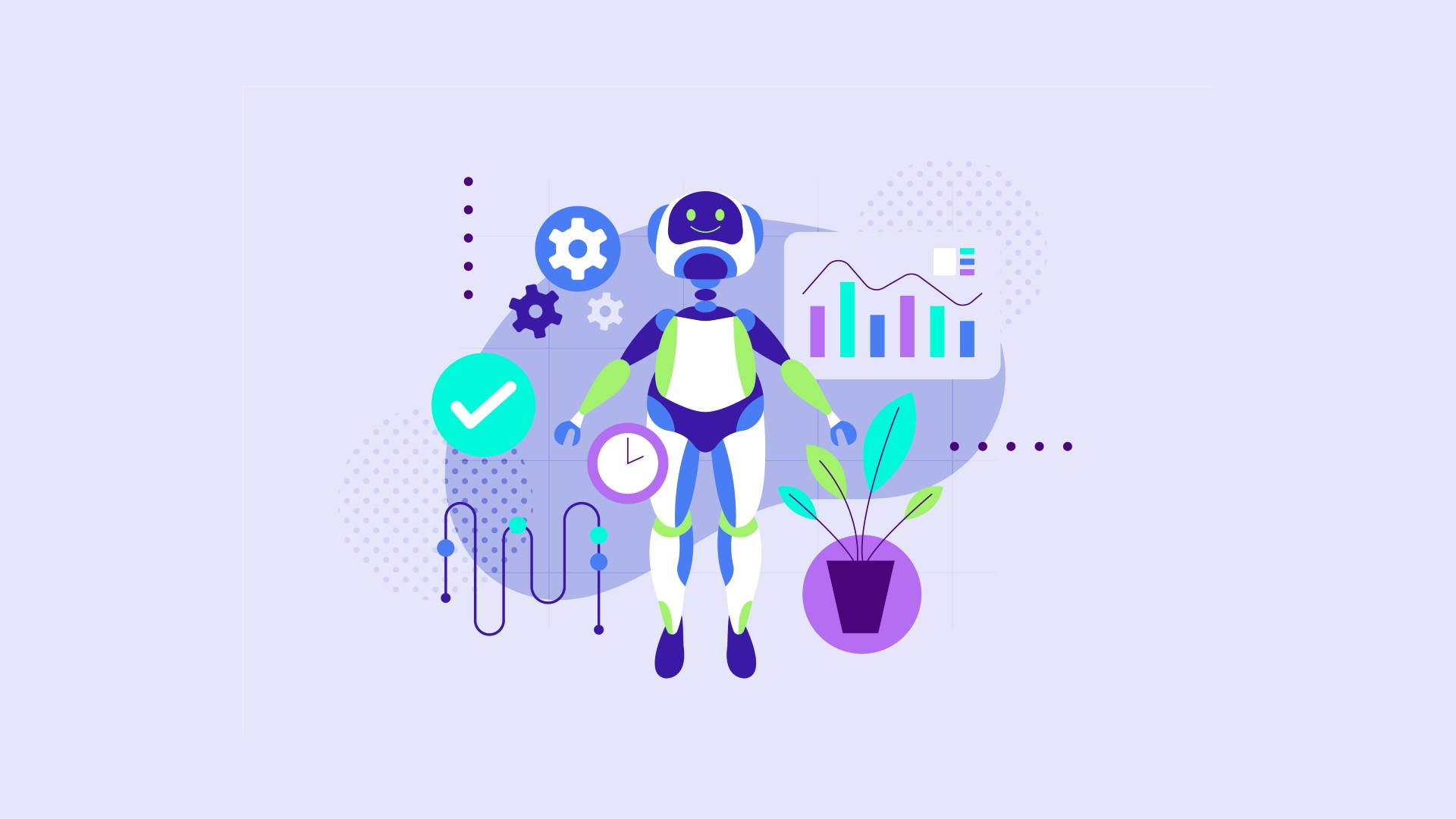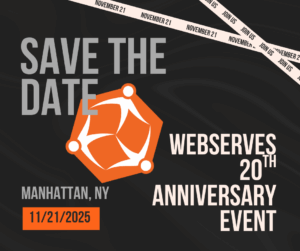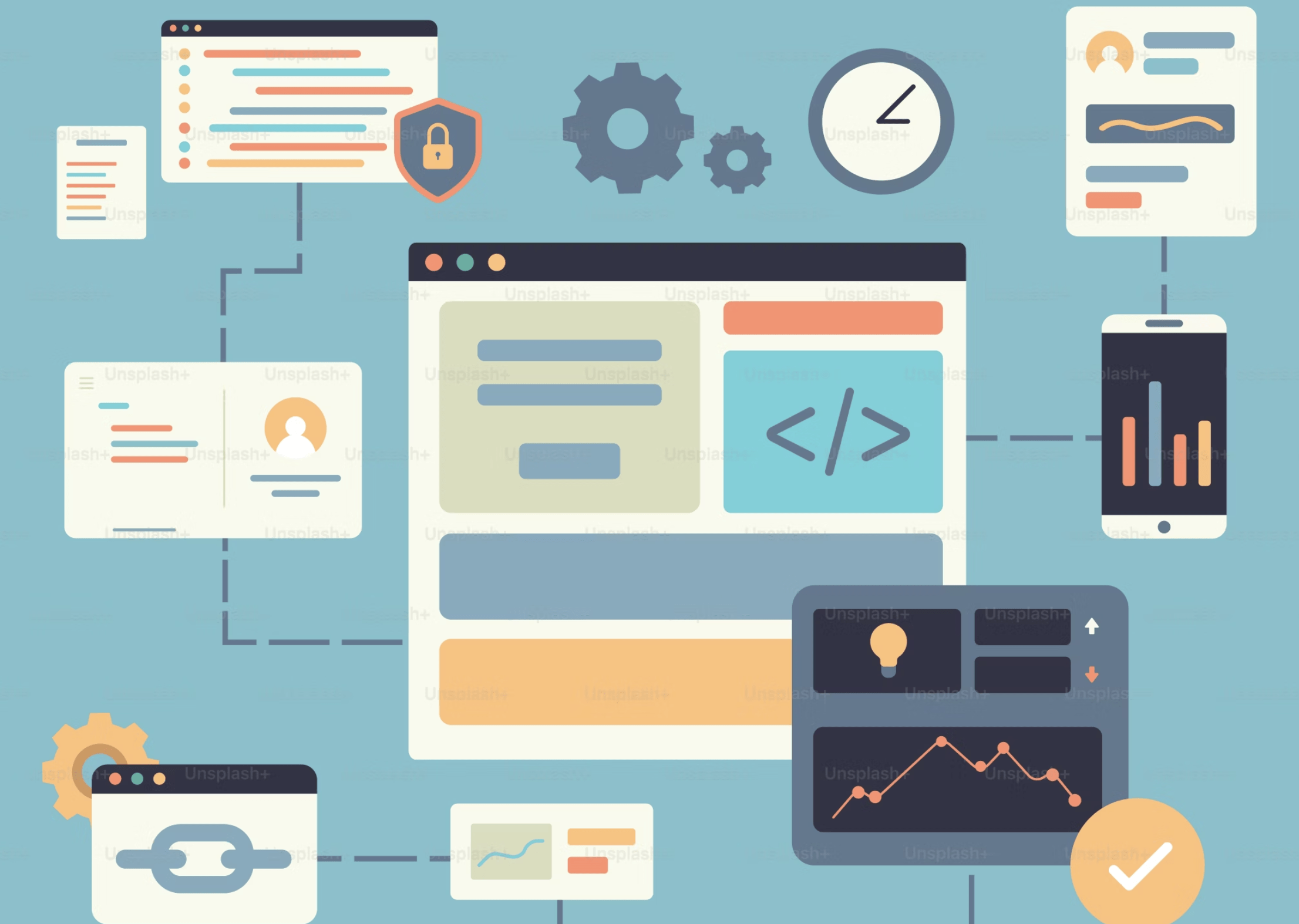Welcome back to our AI Awareness Campaign. This is part 4 of the series, you’ll find the rest of the articles below.
AI for the People
Artificial Intelligence is no longer a futuristic concept—it’s here, shaping how we work, create, and interact. From writing assistants to image generators, AI tools have become more accessible than ever. But with so many options, how do you choose the right AI for your needs? This article breaks down some of the most popular AI platforms available to the general public, highlighting their best uses and how they compare.
1. ChatGPT (OpenAI) – Best for Conversations & Content Generation
What it does best: Assisting with writing, brainstorming, learning, and coding.
Why use it? ChatGPT excels at generating human-like text if you need help drafting an email, summarizing an article, or even coding.
Free vs. Paid: Free users access GPT-3.5, while the Pro version (GPT-4) offers more advanced responses.
Comparison: More conversational and creative than Google Gemini but lacks real-time internet browsing in the free version.
2. Google Gemini (formerly Bard) – Best for Real-Time Information
What it does best: Fact-checking, answering questions about current events, summarizing news.
Why use it? Its integration with Google search makes it better suited for up-to-date information.
Free vs. Paid: Mostly free, with potential premium features in the future.
Comparison: More accurate for real-world data than ChatGPT, but sometimes less nuanced in creative writing.
3. Microsoft Copilot (Bing AI) – Best for Web-Integrated AI Responses
What it does best: Web-assisted answers, AI-generated images, summarizing web content.
Why use it? It combines GPT-4’s capabilities with real-time search.
Free vs. Paid: Free within Bing and Microsoft Edge.
Comparison: More internet-aware than ChatGPT’s free version but less conversational.
4. MidJourney – Best for AI Art & Concept Design
What it does best: Generating high-quality digital artwork. Why use it? It produces stunning, artistic images, ideal for designers and creatives. Free vs. Paid: No free version; subscription required. Comparison: Produces more detailed and artistic images than DALL·E but requires Discord access.
5. DALL·E (OpenAI) – Best for Quick AI Image Generation
What it does best: Creating realistic and creative images from text prompts.
Why use it? It’s more beginner-friendly than MidJourney and easier to access.
Free vs. Paid: Limited free credits; additional usage requires payment.
Comparison: More accessible than MidJourney but less advanced in artistic quality.
6. Stable Diffusion – Best for Free & Open-Source Image Generation
What it does best is create AI art with open-source customization.
Why use it? Unlike other platforms, it allows complete control over image generation.
Free vs. Paid: Completely free, but requires technical knowledge to set up.
Comparison: More flexible than DALL·E or MidJourney but less user-friendly.
7. ElevenLabs – Best for AI Voice Generation
What it does best: Creating natural-sounding AI-generated voices.
Why use it? Ideal for audiobooks, narration, or voiceover work.
Free vs. Paid: Free for limited use; paid plans for more voices and features.
Comparison: Produces more realistic speech than most free text-to-speech tools.
8. Runway – Best for AI Video Editing & Generation
What it does best: AI-powered video editing, motion tracking, and text-to-video tools.
Why use it? Great for content creators who want AI-assisted video tools.
Free vs. Paid: Free with watermarks; premium plans for full features.
Comparison: More advanced than simple AI video tools but requires a learning curve.
9. Notion AI – Best for Productivity & Note-Taking
What it does best: AI-powered writing, summarizing, and workflow optimization.
Why use it? Perfect for those who use Notion for organization.
Free vs. Paid: Limited free AI access; full features require a subscription.
Comparison: Better for structured writing than ChatGPT but less general-purpose.
Choosing the Right AI for You
The best AI tool depends on your needs. ChatGPT or Gemini may be your go-to if you want a writing assistant. MidJourney or DALL·E is the best fit if you need AI-generated art. For productivity, Notion AI shines, while Runway helps with video content. With the growing number of AI platforms, understanding their strengths and weaknesses can help you choose the right tool for your needs. As AI continues to evolve, the accessibility and variety of AI-driven tools will only expand, making it easier for everyone to benefit from this technology.
Previously:
Part 1 – Where AI is Being Used—and Where It Could Go Next




